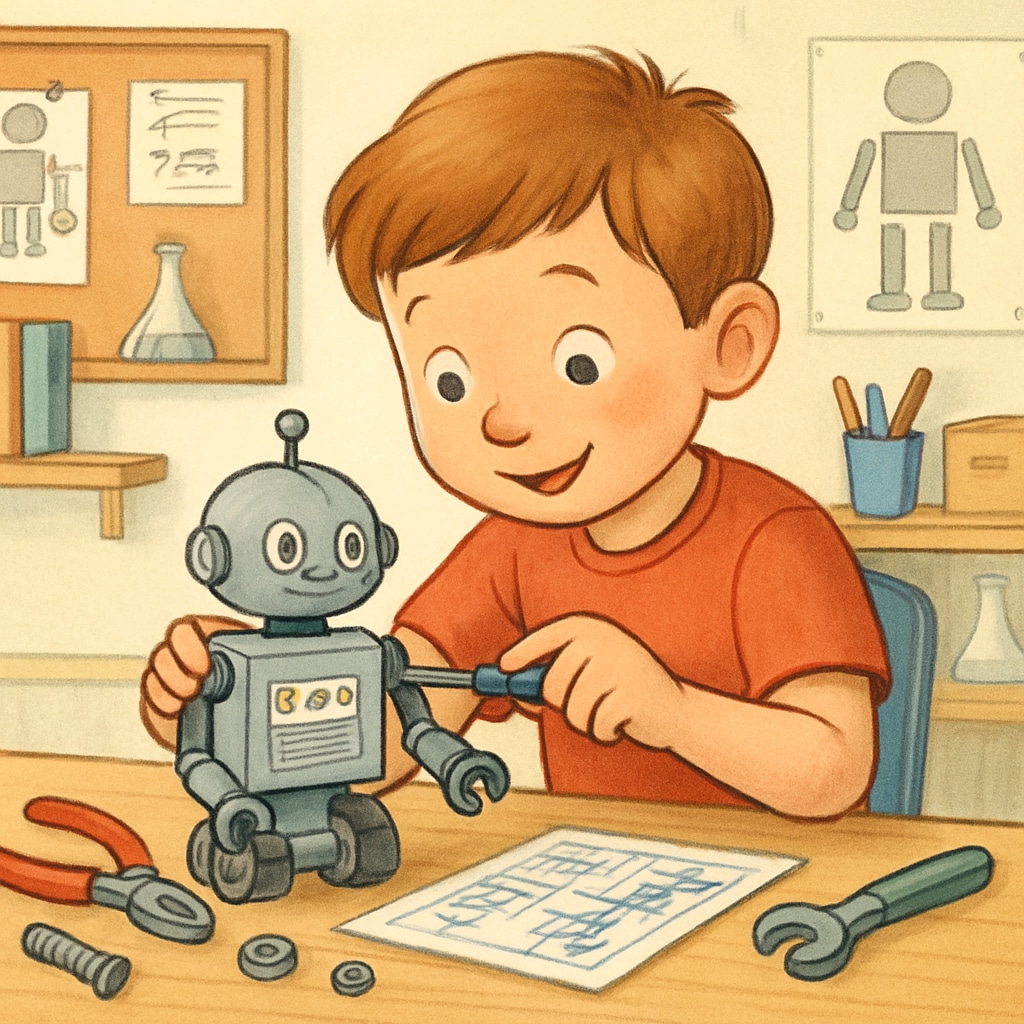When children as young as four display a remarkable interest in hands-on activities like building robots or experimenting with circuits, parents often find themselves at a crossroads. While traditional early education methods may not engage these budding inventors, the challenge lies in fostering their creativity, early education, and finding alternative education approaches that align with their unique talents.
Recognizing the Traits of a Hands-On Learner
Hands-on learners prefer tactile and experiential methods of learning. They thrive when given opportunities to touch, build, test, and experiment. For example, a four-year-old might show more excitement in assembling a toy robot than in memorizing letters or numbers. Recognizing these traits early is crucial for parents to provide the right environment that nurtures their child’s curiosity and natural inclination toward problem-solving.

Alternative Education Paths for Young Inventors
Traditional preschool curriculums often focus on structured activities like storytelling, phonics, and basic arithmetic. However, for hands-on learners, alternative education methods such as Montessori, Reggio Emilia, or STEM-based learning might be more effective.
- Montessori: This approach emphasizes self-directed learning, allowing children to explore materials and activities at their own pace.
- Reggio Emilia: Known for its project-based learning, this method encourages children to engage in collaborative creativity and experimentation.
- STEM-focused programs: Early STEM education introduces concepts like engineering and coding through playful activities tailored to young minds.

Creating a Stimulating Home Environment
Parents can complement alternative education methods with a stimulating home environment. Simple steps can make a significant difference:
- Provide open-ended toys like building blocks, magnets, or gears to encourage exploration.
- Set up a dedicated “creation station” with tools, craft supplies, and safe electronics kits.
- Encourage experimentation by asking open-ended questions like, “What happens if we connect these wires?”
Additionally, involving children in household tasks like fixing appliances or gardening can further fuel their hands-on interests.
The Role of Creativity in Early Education
Creativity is the cornerstone of a hands-on learner’s development. Encouraging exploration without fear of failure builds resilience and problem-solving skills. For example, a child who designs a faulty circuit learns the value of testing hypotheses and iterating on solutions—a mindset essential for innovation.
Organizations like the LEGO Foundation and Montessori Education offer excellent resources and programs for parents and educators seeking to nurture creativity in young learners.
Balancing Hands-On Learning with Traditional Skills
While hands-on learning is vital, it’s important to balance it with foundational skills like reading, writing, and social interaction. Parents can integrate traditional methods into creative activities. For example, reading a story about inventors can inspire imaginative projects, while group activities like building a collaborative structure foster teamwork and communication.
In conclusion, finding appropriate educational paths for hands-on four-year-olds goes beyond traditional methods. By recognizing their unique learning traits, exploring alternative education systems, and fostering creativity, parents can help these young inventors thrive. The key is to embrace their curiosity and create an environment where innovation becomes second nature.
Readability guidance: Use short paragraphs and lists to highlight key points. Balance active and passive voice, avoid overly complex sentences, and ensure transitions enhance flow.


